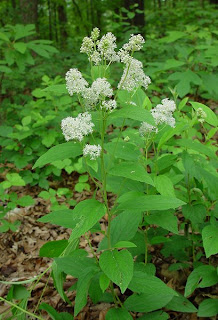CRANBERRY

Latin Name: Vaccinium oxycoccus
Alternate Names: Marshwort, Fenne Berry
Family: ERICACEAE
Parts Used: Berries, unsweetened juice.
Properties: Antiscorbutic, Bronchial Dilator, Urinary Antiseptic, Vasodilator.
Internal Uses: Asthma, Cancer, Cystitis, Diabetes, Gallstones, Incontinence, Kidney Stones, Poor Appetite, Urinary Infections
Internal Applications: Capsules.
Cranberry inhibits the adhesion of bacteria (often E. coli) to the urinary tract, perhaps due to a polymer contained in the plant. This allows the bacteria to be eliminated. The benzoic acid in the berries works as a natural preservative.
Cranberry inhibits the adhesion of bacteria (often E. coli) to the urinary tract, perhaps due to a polymer contained in the plant. This allows the bacteria to be eliminated. The benzoic acid in the berries works as a natural preservative.
Culinary uses: Berries are tart and seldom eaten raw, though eaten in jams, sauces and added to stuffing. Cranberry juice is very popular. Dried cranberries can be used like raisins.
Energetics: Sour, Cool.
Chemical Constituents: Flavonoids, anthocyanins (odain), catechin, citric acid, malic acid, ellagic acid, benzoic acid, vitamin C.
Contraindications: Some people may be allergic to Cranberries. Commercial Cranberry juices often contain lots of sugar or artificial sweeteners, which are undesirable.
Comments: Cranberry is native to North America, and includes the species Vaccinium macrocarpon, which is used interchangeably with Vaccinium oxycoccus.

